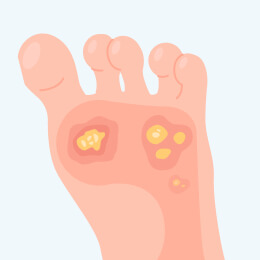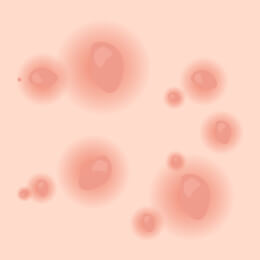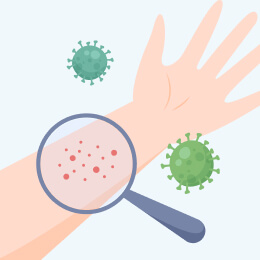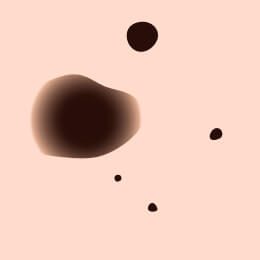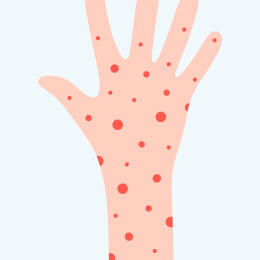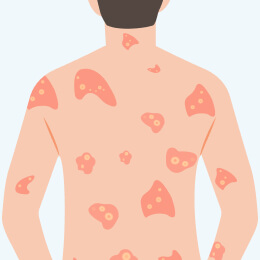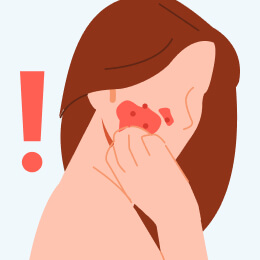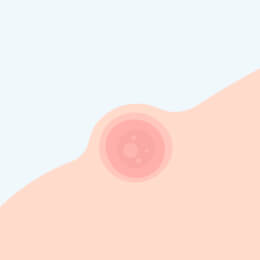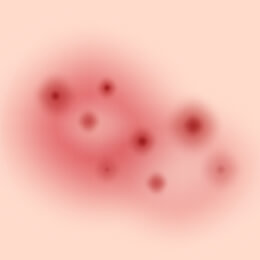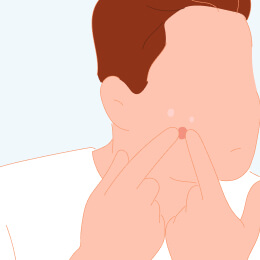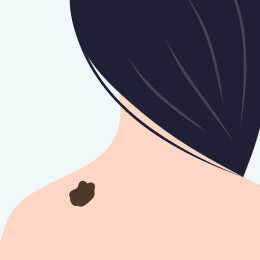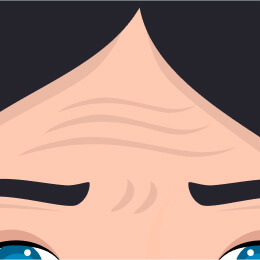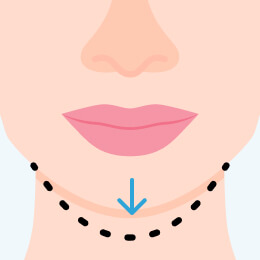Skin Problems
Skin Problems
Dermatology involves treating skin diseases and aesthetic problems
Wart is a skin disease caused by human papillomavirus infection. It is usually infected through skin contact. People in any age can suffer from warts. If warts are neglected, they might continue to grow and infected other parts of the body. The virus has an incubation period of up to 12 months. Treatment included topical therapy, cryotherapy, laser therapy, electrocautery and surgical excision.
Molluscum contagiosum is a common skin disease which is caused by the poxvirus. It happens mostly in early childhood. The main route of infection is direct contact with the infected skin, or indirect contact by a shared towel or other items. Molluscum contagiosum has an incubation period ranging from two weeks to six months.
There are many types of fungus infections in the skin. One of the most common forms is on the soles of the feet, so called tinea pedis. Patients with tinea pedis sometimes get fungal nail infection at the same time. Fungal infection of the skin can happen on the trunk, scalp and hands. The diagnosis can usually be made clinically. Treatments for fungal infections include topical and oral medication.
There are many types of skin cancers, namely basal cell skin cancer, squamous cell skin cancer and malignant melanoma. The occurrence of skin cancer is closely related to the excessive exposure of the skin to ultraviolet light. Therefore, adequate sun protection measures can effectively prevent skin cancers.
Urticaria, also known as hives, can be classified as acute or chronic. Urticaria is a very common skin disease, and about 20% of people have had acute urticaria. People with atopic diseases such as eczema, asthma, allergic rhinitis are especially prone to urticaria. It occurs due to the release of histamine and cytokines by mast cells in the skin. However, in many cases, the cause is unknown. Other possible causes include viral infection, bacterial infection, food sensitivity, drug sensitivity or mosquito bites.
Psoriasis is a chronic inflammation of the skin. It is characterized by red, silver scaly raised plaque with a distinctive margin. There are many causes of psoriasis, of which genetic factors are particularly important. Psoriasis can be classified as early-onset, late-onset, acute, chronic, psoriasis with nail involvement, etc…
Lipoma is a benign tumor composed of fat cells. It usually grows slowly in the tissue beneath the skin. Lipomas are very common. The patient may have just one lipoma or several at the same time.
Liposarcoma is a rare malignant tumor. Liposarcoma is a deep-seated tumor that most commonly develops in the thighs, groin, or back of the abdomen. If the lipoma is enlarged or painful, consider a skin biopsy as soon as possible to rule out liposarcoma.
The main feature of rosacea is erythema, pustules and rhinophyma. Patients also experience blush or flush frequently. They may get burning and stinging sensation readily. Sun exposure, hot drinks and spicy food can aggravate the skin condition. Patients with rosacea can have sensitive skin – especially with cosmetics and sunscreens
Eczema is a very common skin disease. Its symptoms are mainly itchy, dry skin and rash. Eczema can be divided into acute or chronic, and can also be classified as atopic eczema, irritating contact dermatitis, sensitive contact dermatitis, discoid dermatitis, seborrheic dermatitis, etc…
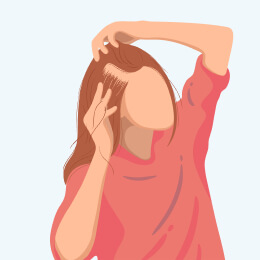
Alopecia Areata
Alopecia areata often has a sudden onset. It commonly affect the scalp, but can appear anywhere in the body, including eyebrows, eyelashes and armpits. It can affect men and women of any age. Alopecia areata is also known as autoimmune hair loss and the causes are unknown.
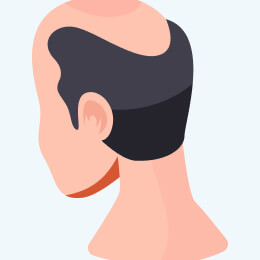
Hair loss
Male pattern baldness (androgenetic alopecia) is the most common causes of adult male hair loss. It is mostly due to genetics and the male hormones. It is characterized by sparse hairs at the top of the head and receding frontal hairline. Women can also have this similar hair loss, however the hair loss usually occurs on the top of the scalp.
Aesthetic Medicine
Skin laxity can be caused by loss of collagen and elastin fibres in ageing skin. This results in brow ptosis, eyelid ptosis, jowls and loss of neckline. The use of high-intensity focused ultrasound (HIFU) which target at different levels of the skin to stimulate the contraction of collagen fibers and stimulate the growth of new collagen.

Skin tone irregularity
Skin tone irregularity can be caused by exposure to ultraviolet rays in sunlight or as a result of pigmentary changes after inflammation.
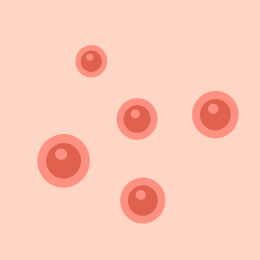
Acne scars
The causes of acne scars are due to the damage of skin from severe acne nodules and pustules. When there is loss of collagen fibers in the dermis, the skin would try to repair by producing new collagen fibers. Too little collagen being produced in the repair process would give indentations known as ice-pick scars and rolling scars, while too much collagen would give lumps of scar tissues know as keloids and hypertrophic scars. Post-inflammatory colour changes such as red, brown and white mark can be resulted from severe acne.

Skin Pigmentation
Common skin pigmentation problems include freckles, solar lentigos, melasma, postinflammatory hyperpigmentation, Naevus of Ota etc… They are sometimes related to exposure of ultraviolet rays in the sunlight. Melasma can be related to female hormone especially when it occur during pregnancy.

